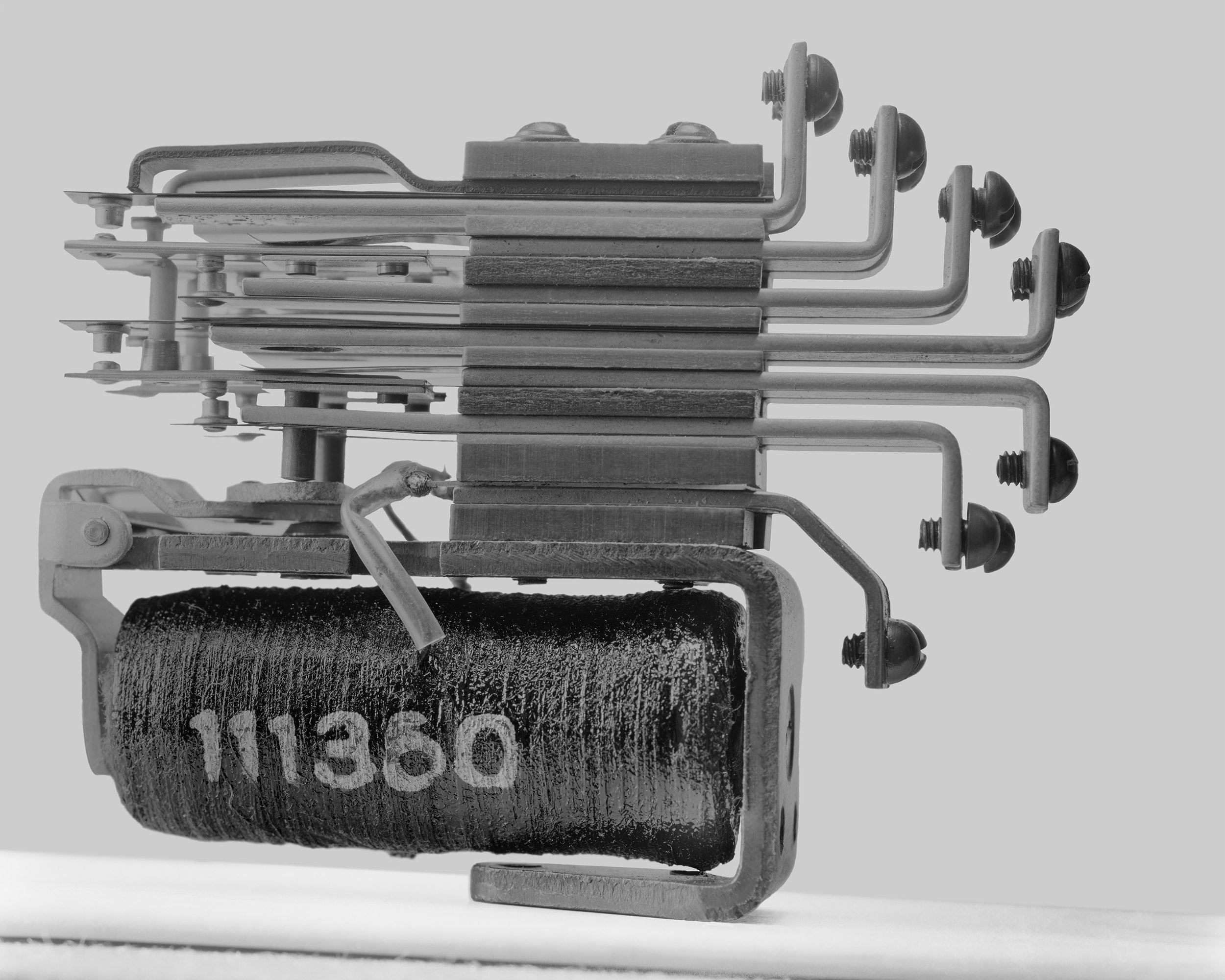So Easy to See: Berenice Abbott's Super Sight | MIT Museum
Berenice Abbott, Light Bulb, c. 1942–49; printed 2023. Archival pigment print from vintage negative in the Berenice Abbott Archive, The Image Centre, Canada.
Written by Joe Cuccio
Photo Edited by Kit Matthews
The wonderful vision of Berenice Abbott is currently on display at the MIT Museum in Cambridge, Massachusetts. Throughout the exhibition, viewers see a consistent focus on Abbott’s attempt to communicate scientific truth through photography. During her prolific life as an artist, she always held onto her affinity for scientific inquiry, which manifested itself through embedded realism. Abbott was able to focus on minute details of objects throughout everyday life and use her vision to elevate them to a place where they began to feel deeply researched and considered.
Berenice Abbott, Eye [Muriel Rukeyser’s Eye], c. 1944–46. Gelatin silver print. Berenice Abbott Collection, MIT Museum. Gift of Ron and Carol Kurtz.
A special piece of this exhibition is the focus on a photographic practice that was created by Abbott. In March of 1942, she created a system to develop large-format prints of objects without the intervention of an enlarger. This technique of direct image capture into prints is referred to as the “Abbott Process” also known as “Super Sight”. It is a process loosely based on camera obscura, perfected through relentless experimentation and commitment to conveying scientific realism through photography. She was able to engage with photographic arts and science in the same instant. Her special technique allowed for masterful monochromatic images to be produced highlighting specific details of the slightest layman objects.
Berenice Abbott, Fish Head, 1946. Gelatin silver print. Berenice Abbott Collection, MIT Museum. Gift of Ron and Carol Kurtz.
Abbott had a way of getting up close and personal with her subjects to invoke a sense of scientific inquiry in her photographs. Her image, Fish Head, is a great example of this style of making. This photograph is a study of the tip of the fish’s body and has all parts of the fish in pinpoint focus to reveal each crevice of its head to the viewer. The way the scales are illuminated by harsh lighting allows the observer to gain insight into the contour of the fish’s scales and the sharpness of its tiny teeth. There is so much knowledge conveyed through the way Abbott photographs this fish, as viewers can begin to physically see all the ins and outs of what a fish’s head is comprised of. Her ability to disclose so much information on small details that exist in the real world around us is what makes her imagery so powerful.
Berenice Abbott, Magnetic Field, c. 1942–43; printed 2023. Archival pigment print from vintage negative in the Berenice Abbott Archive, The Image Centre, Canada.
Some of the images included in the exhibition overtly stud scientific principles, such as the magnetic Field. This photograph feels like it could be placed directly in a dense textbook helping adolescents to understand how magnetism, and the properties of this phenomenon, work.. Not only does it feel overtly realistic in its connection to science, but it conveys a natural beauty that exists in the meticulous understanding of scientific properties. The way these two ends of the magnetic spectrum create enticing shapes and abstractions is captivating. Abbott points to how a deep consideration of science through a photograph can offer viewers knowledge and pleasure simply through the act of consuming and observing what is in front of us.
Berenice Abbott, Electrical Relay, c. 1942–49; printed 2023. Archival pigment print from vintage negative in the Berenice Abbott Archive, The Image Centre, Canada.
Berenice Abbott has given a bridge from science to the layman lifestyle and the everyday objects people find themselves engaging in. This exhibition conveys a wealth of knowledge for viewers to visually consume while upholding engaging aesthetics that contribute to powerful photographs.












